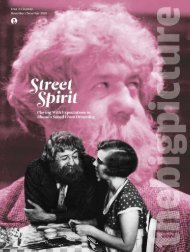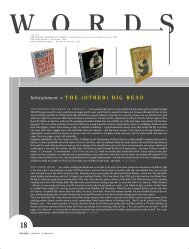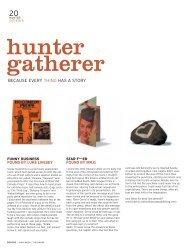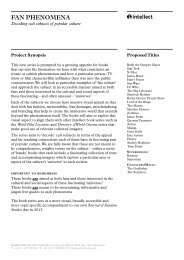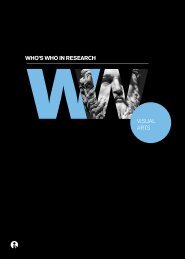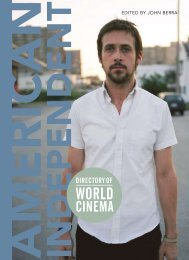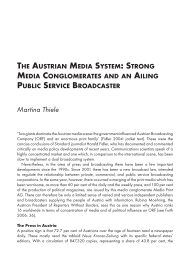Anthem - Intellect
Anthem - Intellect
Anthem - Intellect
Create successful ePaper yourself
Turn your PDF publications into a flip-book with our unique Google optimized e-Paper software.
<strong>Anthem</strong><br />
King points at a clear homology between the televised images and the musical jingle:<br />
‘Music and colours merge together as one dense signifier, communicating a concept<br />
of silver in both sound and vision.’ 429<br />
Handel’s music involves a series of lesser chords symbolizing a diverse<br />
subject population below the monarch but, at its climax, the music<br />
reconciles these lower chords into a single major key fanfare; a sovereign<br />
nation is unified beneath a supreme monarch. The Champions League<br />
<strong>Anthem</strong> communicates the same message of diverse subordinate<br />
elements unified beneath a sovereign body; the clubs are represented<br />
by the lower chords which are brought together in a majestic union<br />
under UEFA. 430<br />
A couple of Zadok clips on YouTube have attracted a lot of discussion where royalists<br />
and football fans join in expressing their love for Händel’s music, even though the two<br />
groups sometimes clash, as when ‘bulked’ exclaims: ‘its been reduced to as lowly and<br />
classless as a football anthem’. ‘PremiumUnleaded’ jokingly finds it ‘appropriate that<br />
the first part of a piece for a coronation forms the basis for the theme of the world’s<br />
most prestigious annual sporting competition’. But otherwise the discussion is more<br />
about monarchy and democracy than about the tune itself or its use by UEFA.<br />
Figure 7.5 The Marc-Antoine Charpentier theme used as anthem for the European Broadcasting<br />
Union EBU and its Eurovision.<br />
Whereas UEFA has anthem of the solemn hymn type, the televisual EBU has<br />
favoured a march (Figure 7.5). The Council of Europe radio broadcasts used excerpts<br />
from Georg Friedrich Händel’s Music for the Royal Fireworks and the Water Music,<br />
but the EBU for its Eurovision transmissions instead selected a jingle consisting of the<br />
instrumental ‘Prélude’ to the grand motet Te Deum in D major (op. 146), composed<br />
in Paris in the early 1690s by Marc-Antoine Charpentier (1643–1704). 431 In 1953, the<br />
French-Belgian musicologist Carl de Nys rediscovered this Te Deum, whose opening<br />
187



